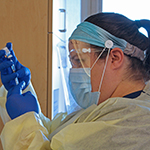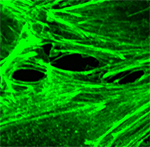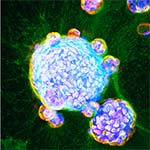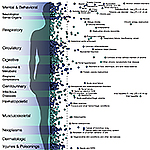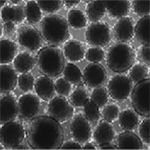With Time and Without Masks, COVID-19 Vaccines Wane in Protection
A study measured effectiveness of COVID-19 mRNA vaccines among health workers, most notably during the emergence of delta virus variant and coincident with end of state’s mask mandate, finding protection waned over time, dropping sharply 6-8 months after full vaccination.

